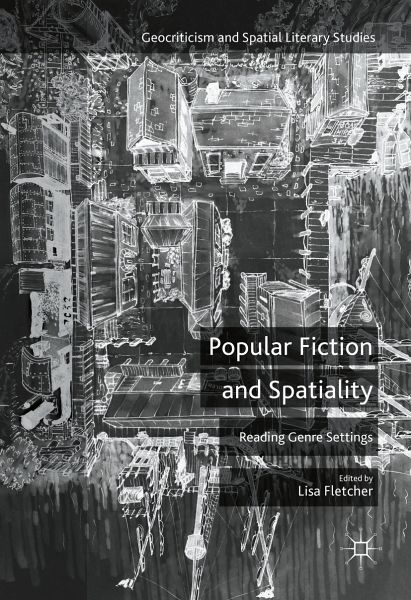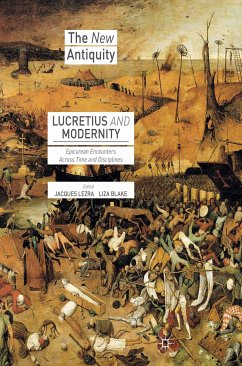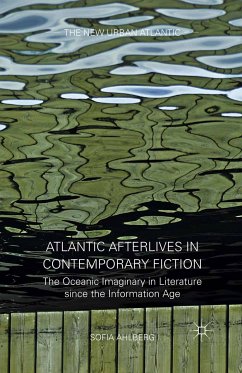
Popular Fiction and Spatiality (eBook, PDF)
Reading Genre Settings
Redaktion: Fletcher, Lisa
Versandkostenfrei!
Sofort per Download lieferbar
80,95 €
inkl. MwSt.
Weitere Ausgaben:

PAYBACK Punkte
40 °P sammeln!
This volume moves the debate about literature and geography in a new direction by showing the significance of spatial settings in the enormous and complex field of popular fiction. Approaching popular genres as complicated systems of meaning, the collected essays model key theoretical and critical approaches for interrogating the meaning of space and place across diverse genres, including crime, thrillers, fantasy, science fiction, and romance. Including topics such as classic English ghost stories, blockbuster Antarctic thrillers, prize-winning Montreal crime fiction, J. R. R. Tolkien's Middl...
This volume moves the debate about literature and geography in a new direction by showing the significance of spatial settings in the enormous and complex field of popular fiction. Approaching popular genres as complicated systems of meaning, the collected essays model key theoretical and critical approaches for interrogating the meaning of space and place across diverse genres, including crime, thrillers, fantasy, science fiction, and romance. Including topics such as classic English ghost stories, blockbuster Antarctic thrillers, prize-winning Montreal crime fiction, J. R. R. Tolkien's Middle-earth, and China Miéville's Bas-Lag, among others, this book brings together analyses of the real-and-imagined settings of some of the most widely read authors and texts of the twentieth and twenty-first centuries to show how they have an immeasurable impact on our spatial awareness and imagination.
Dieser Download kann aus rechtlichen Gründen nur mit Rechnungsadresse in A, B, BG, CY, CZ, D, DK, EW, E, FIN, F, GR, HR, H, IRL, I, LT, L, LR, M, NL, PL, P, R, S, SLO, SK ausgeliefert werden.












